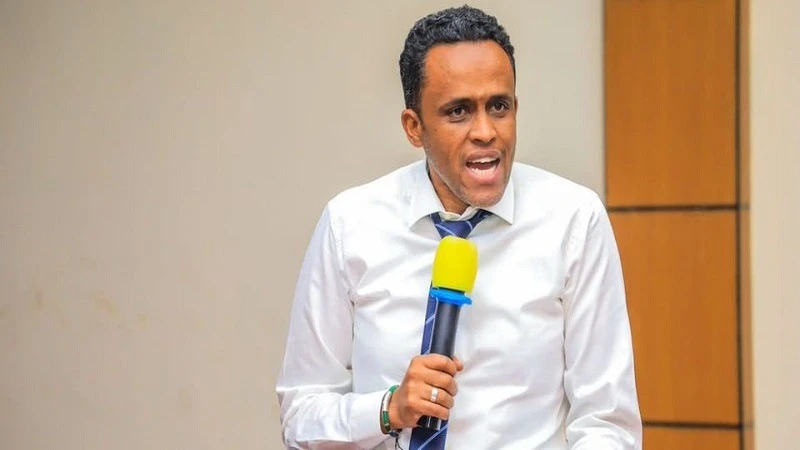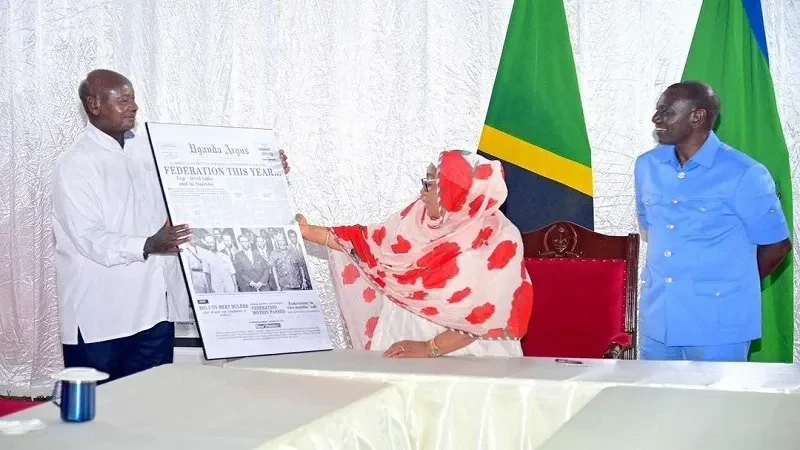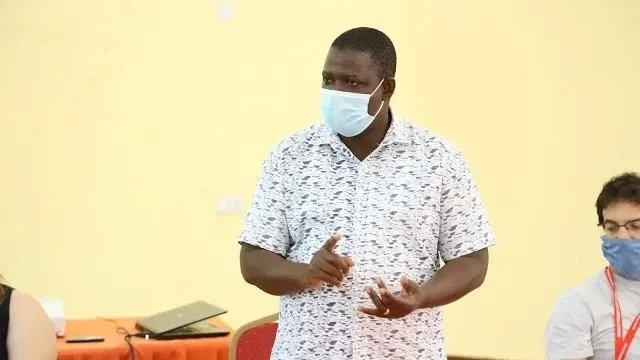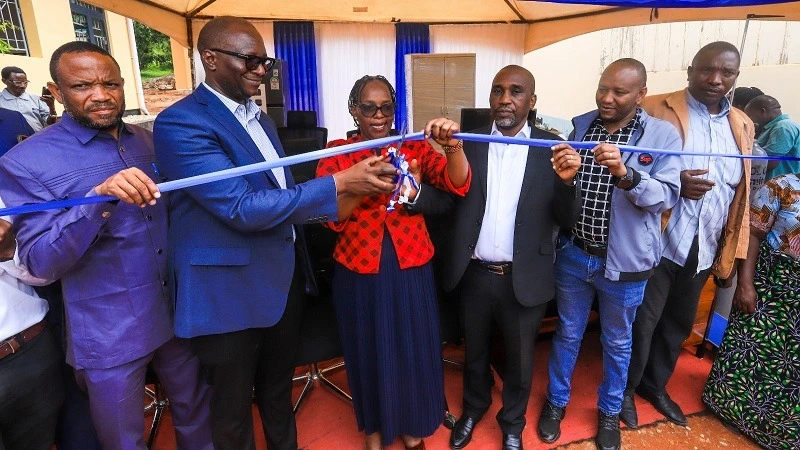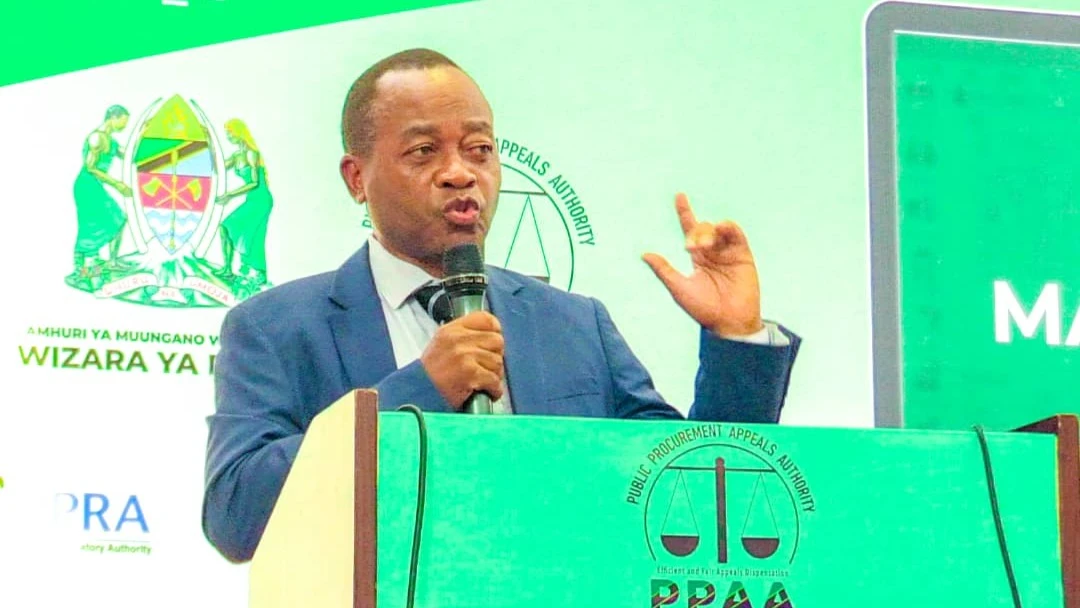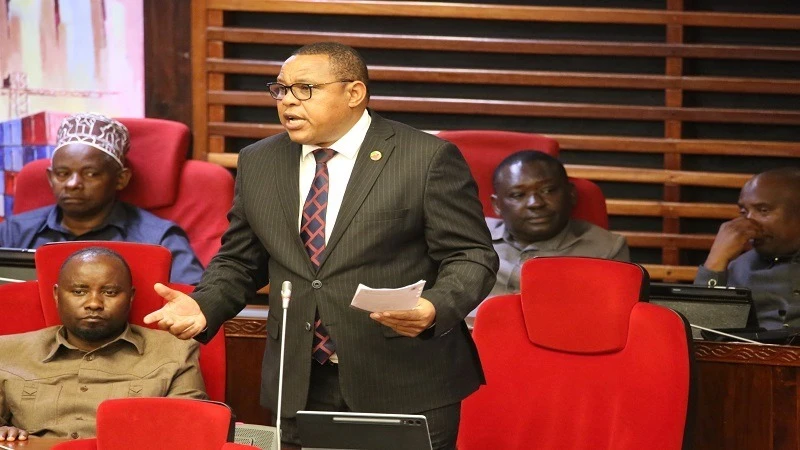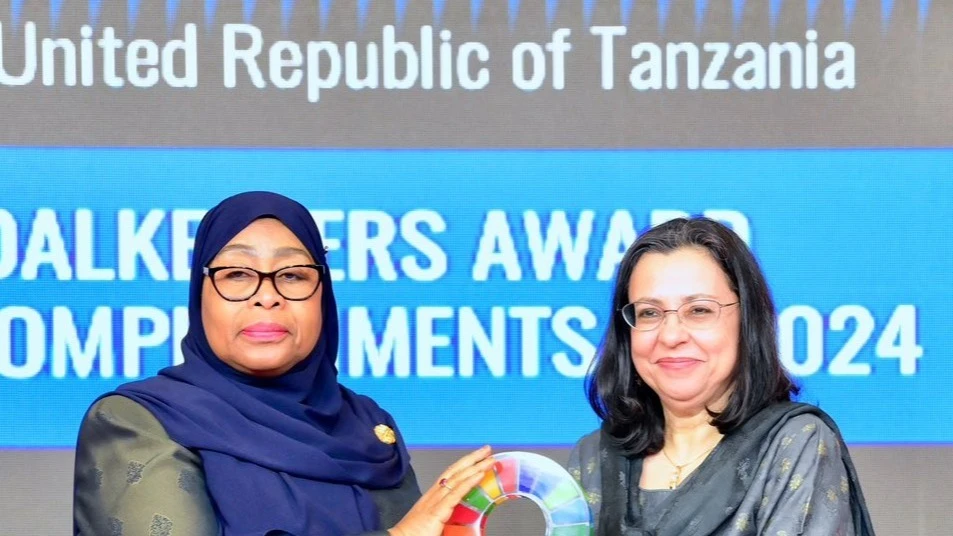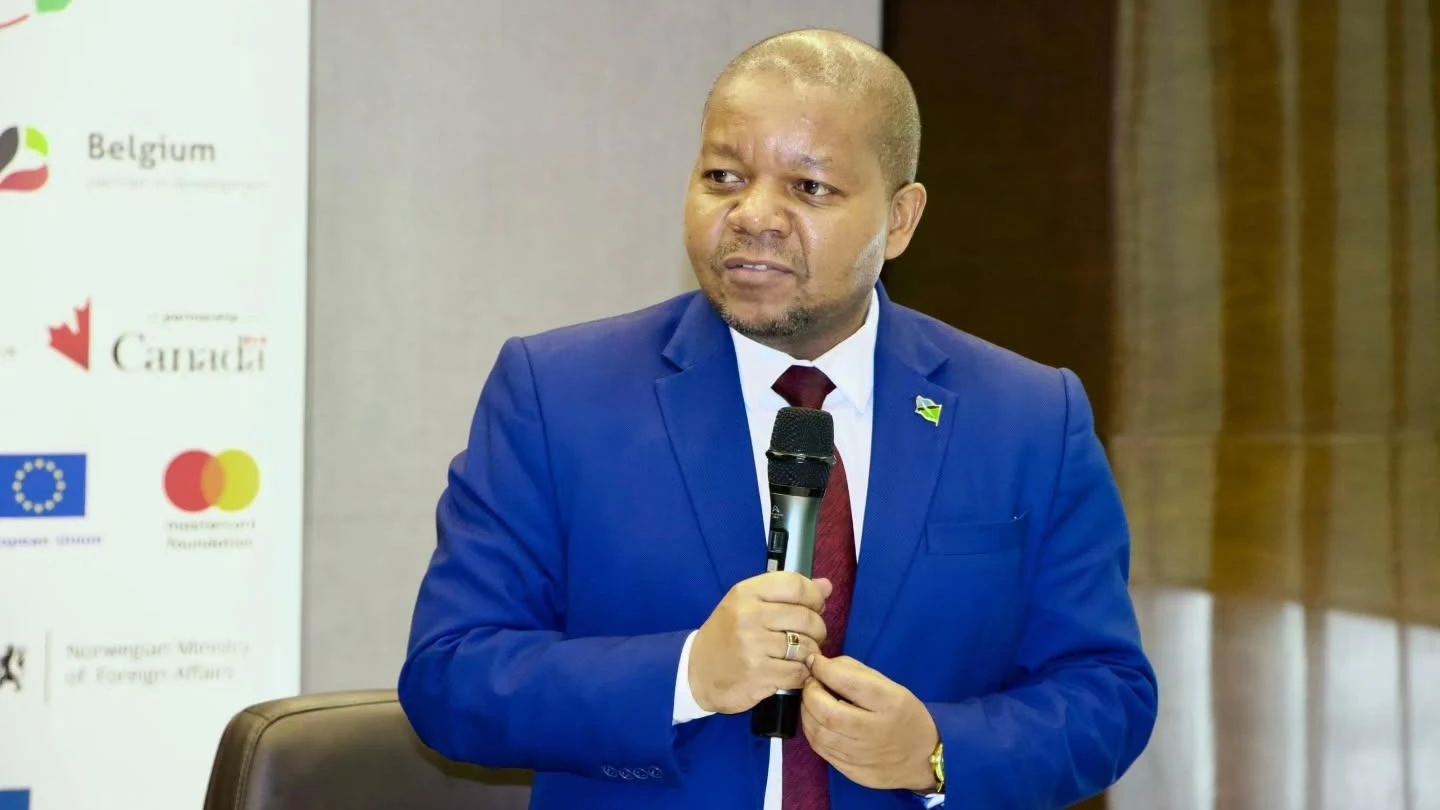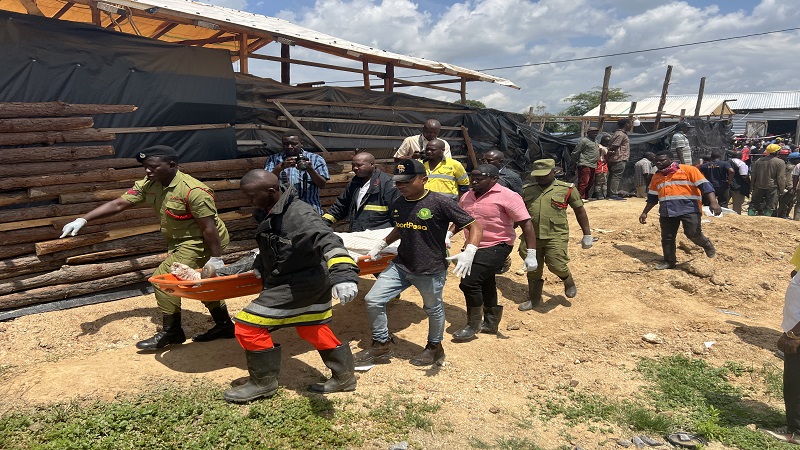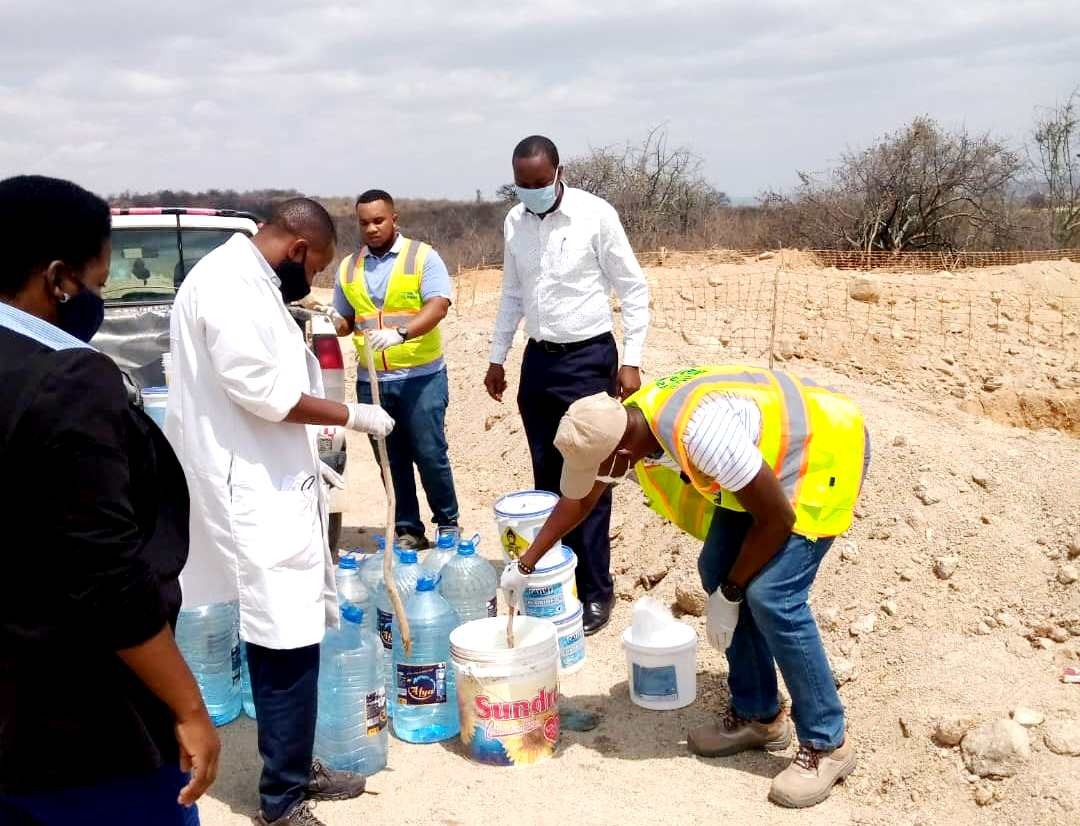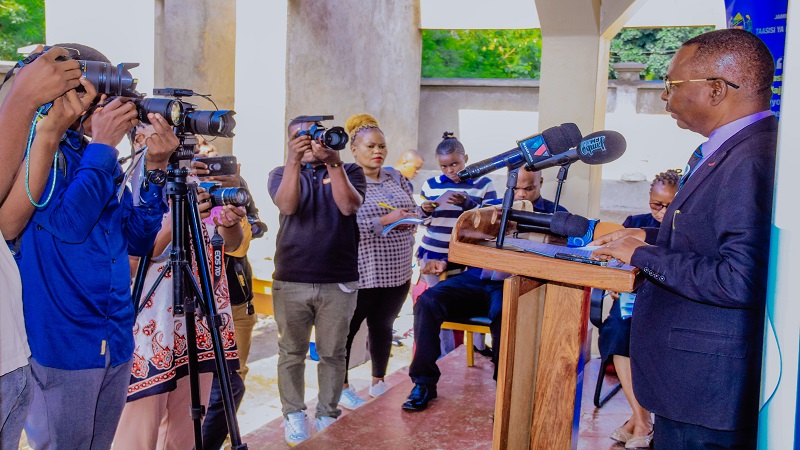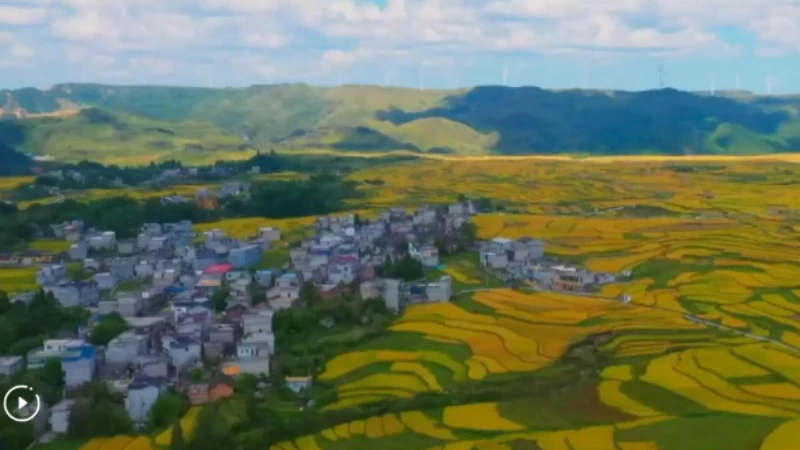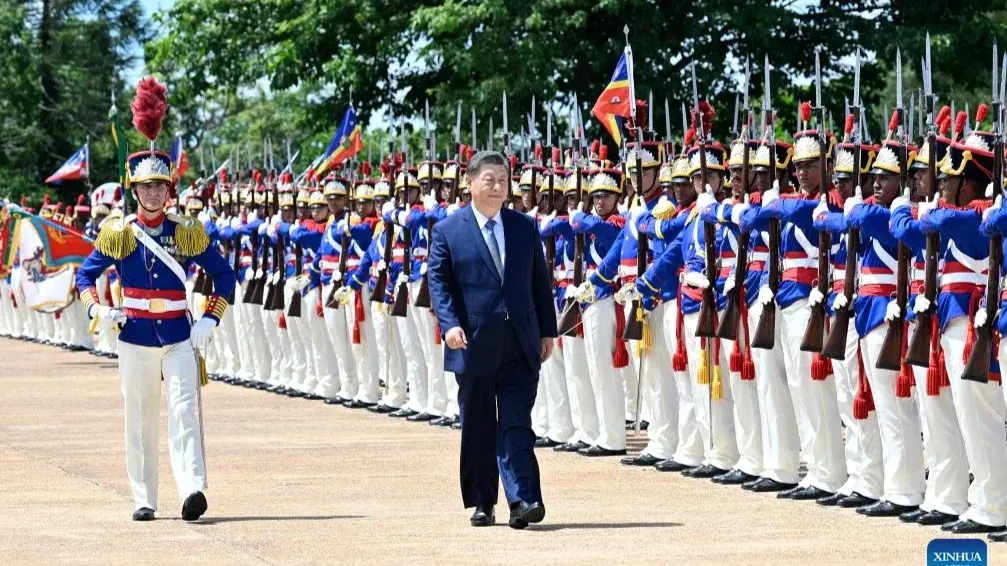UN agencies lead child labour public dialogues
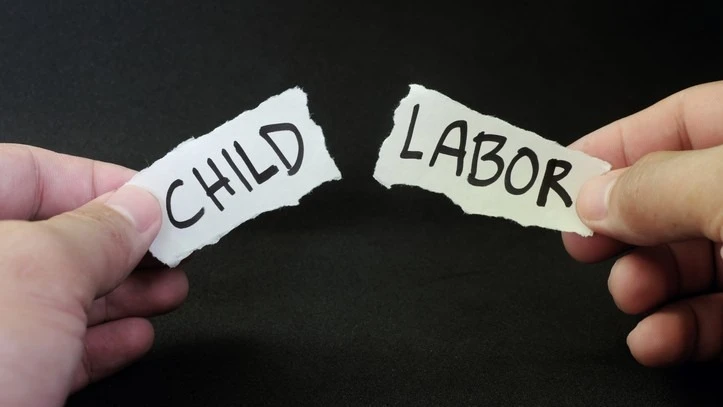
SIGNIFICANT progress is being reported on reducing child work and child labour in Tanzania, on the basis of a statement issued yesterday by the United Nations Children’s Fund (UNICEF).
The statement sums up findings of a new report on child work and child labour, citing evidence from the Integrated Labour Force Survey (2014–2021), noting that persistent challenges still jeopardize efforts to eradicate child labour in the country.
An alternative report published in 2021 by the United States government, its Labour Department, said the government did not publicly release information on its labour and criminal law enforcement efforts.
“Other gaps remain in the legal framework and enforcement of laws related to child labour, including protections for the use of children in illicit activities and domestic work and the likely insufficient number of labour inspectors for the size of Tanzania’s labour force,” the US report intoned.
Published in tandem with efforts by the International Labour Organisation (ILO) to end the worst forms of child labour in the past decade, it said that children in Tanzania are subjected to the worst forms of child labour, including what is called forced labour in mining, quarrying and domestic work.
Children also perform dangerous tasks in agriculture, providing illustrations on key indicators on children’s work and education in Mainland regions, while affirming that in 2021, the country made moderate advancement in efforts to eliminate the worst forms of child
It highlighted a circular directing that girls be able to return to school following the completion of their pregnancy, reversing its previous support of permanently expelling girls who had become pregnant.”
The government also committed additional resources to address other barriers to educational access, including provision of additional classrooms and latrines, as well as desks.
In addition, the government facilitated awareness campaigns related to human trafficking and trained 17 local committees focusing on child labour and other issues related to violence against women and children.
The UNICEF report, released jointly with the National Bureau of Statistics and the Office of the Chief Government Statistician for Zanzibar, “offers a comprehensive analysis of child labour trends across Mainland and Zanzibar regions,” the statement noted.
Using the latest data from the 2020/21 sectoral survey and tracking changes since 2014, the study measures Tanzania's progress toward Sustainable Development Goals (SDGs) 8.7 and 16.2, which focus on eliminating child labour, abuse, and exploitation, it said.
Elke Wisch, the UNICEF country representative, said in her remarks on the report that every child deserves a childhood free from exploitation, the right to protection, education and the opportunity to thrive.
UNICEF and its partners remain committed to supporting the government in strengthening social protection programmes that empower families, remove children from hazardous labour and bring them back to school, she stated.
”While we celebrate the progress made in reducing child labour in Tanzania, the fight is far from over,” the representative declared.
Dr Albina Chuwa, the NBS director general, said that the report provides critical insights into the scope and nature of child labour in the country, underlining that reliable data is essential for designing evidence-based policies and accelerating efforts to eliminate child labour in all its forms.
‘The government is committed to turning these findings into meaningful action, ensuring every child has access to education, safety and a brighter future,’ she stated.
The report highlights a significant reduction in child labour between 2014 and 2021, with rates dropping from 35 percent to 26 percent in the Mainland, and from 9.0 percent to 7.0 percent in Zanzibar.
Girls often shoulder unpaid household tasks, which adds another layer of complexity to the gender dynamics of child labour, she said.
Agriculture remains the largest sector contributing to child labour, accounting for 84 percent of cases. Children are engaged in crop farming on the Mainland or fishing in Zanzibar, often working long hours—including night shifts—averaging 23 hours a week.
“The children face hazardous conditions, such as exposure to toxic fumes and heavy lifting, placing their health and safety at significant risk,” the statement indicated.
The report also identifies groups that are particularly vulnerable to child labour, including children in rural areas, out-of-school children (especially boys aged 15–17), those without birth certificates, and children from the poorest households. “These factors underscore the socioeconomic and structural drivers behind high rates of child labour,” it specified.
The report suggests expanding social protection programmes such as cash transfers to vulnerable families, and promoting access to quality education as crucial to ensuring that children stay in school.
It asserts the need for raising awareness through local leaders about the dangers of child labour and the benefits of education, arguing for an integrated policy approach that combines poverty alleviation with educational access.
It advocates that businesses and industries adopt child labour-free certification for goods used as raw materials, while making regular inspections particularly in high-risk sectors like agriculture and mining.
Top Headlines
© 2025 IPPMEDIA.COM. ALL RIGHTS RESERVED


